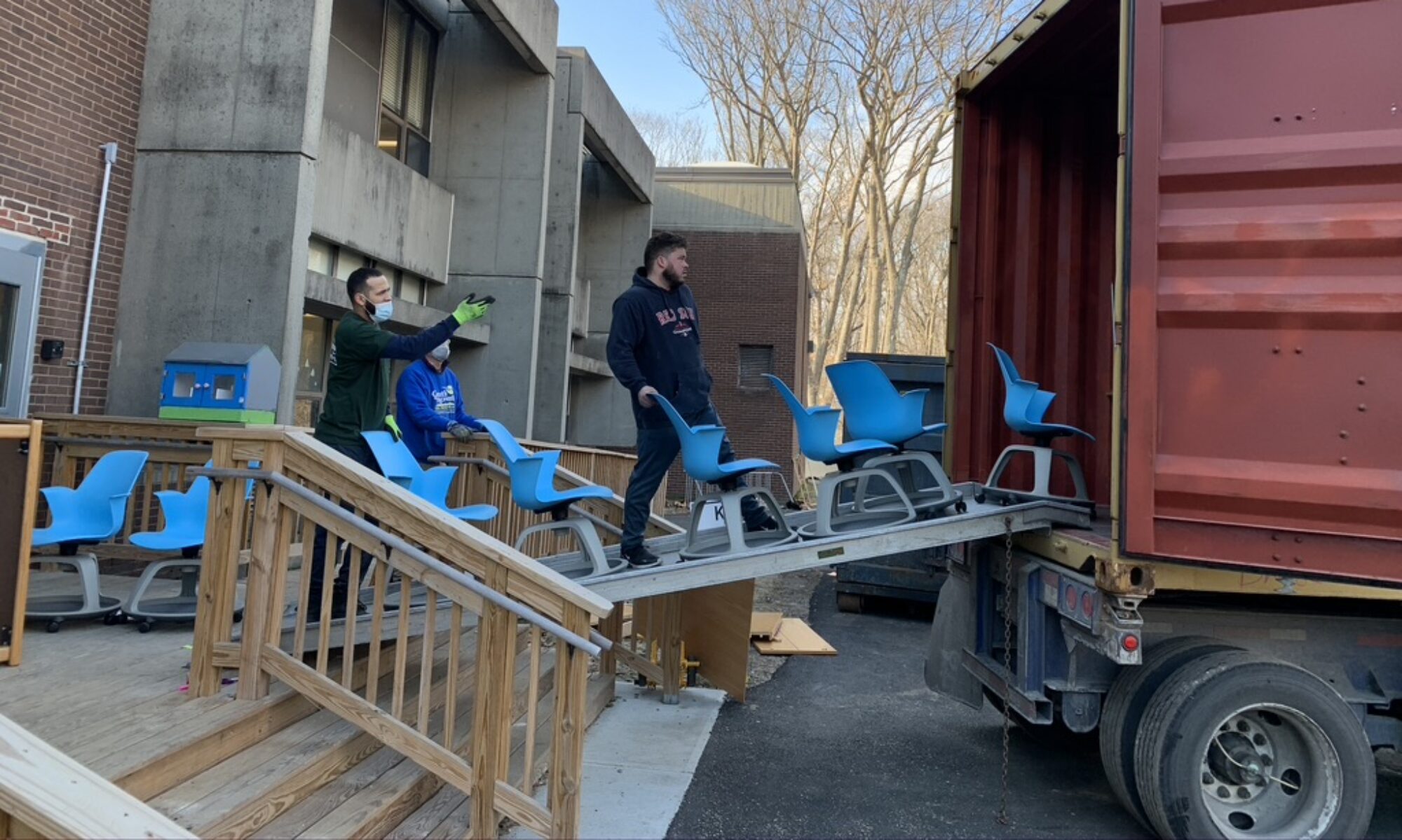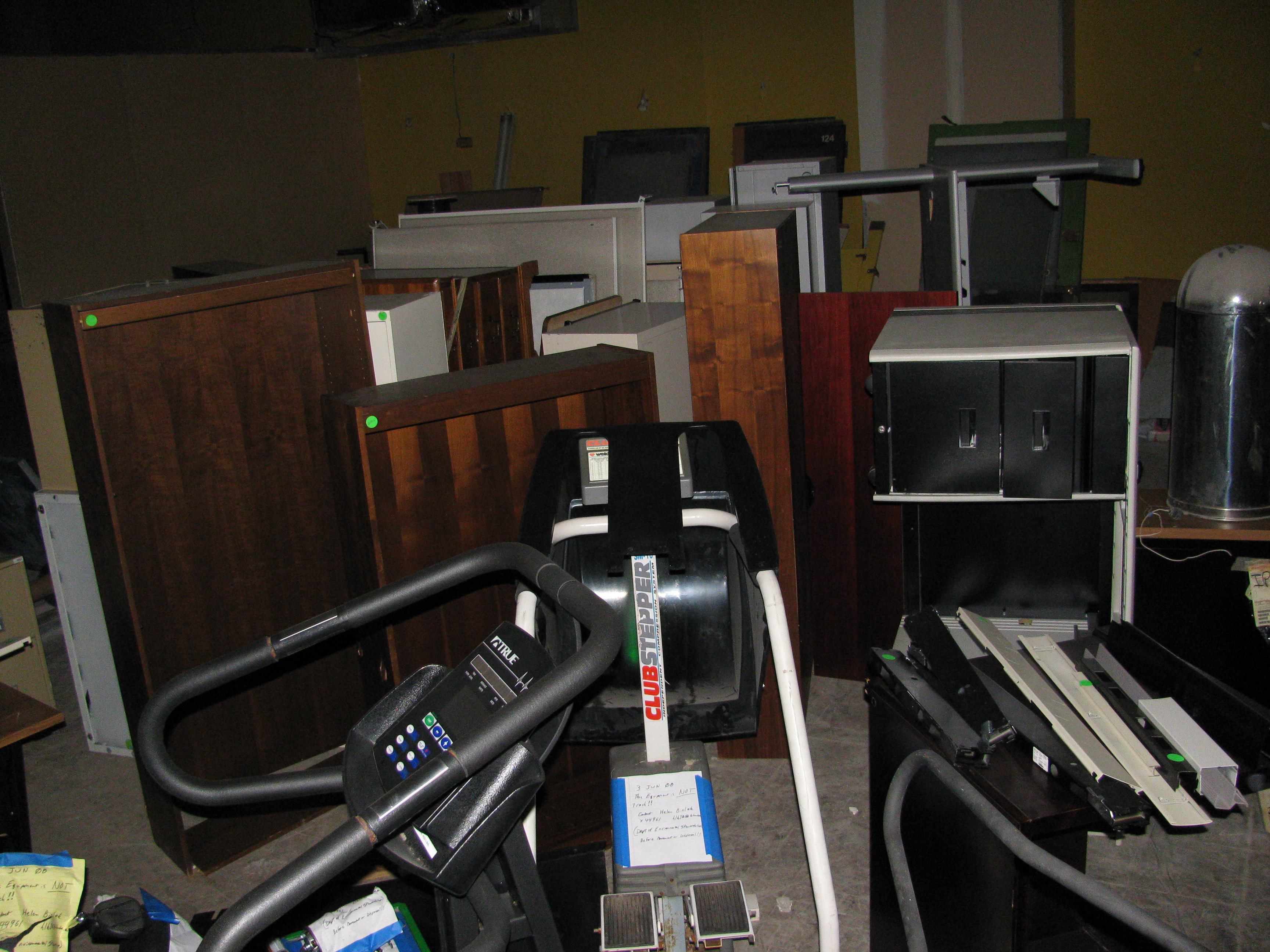It’s an understatement to say that Columbia University was transformative for my Dad. He was a poor kid from a Depression-beaten family in the Irish ghetto of Dobbs Ferry. In 1939 Columbia gave him a $600 scholarship and a part-time job and said “Make it if you can.” Four years later he was an honors History graduate, managing the campus laundry service, and voted Most Likely to Succeed by his classmates. He never forgot the doors that Columbia opened for him, nor the personal potential that Columbia helped him discover.
Most of all, he never forgot the opportunity that Columbia gave him. In 1939 there weren’t a whole lot of schools opening doors to a world-class education for poor Irish kids. Columbia changed his life.
Sometimes wheels turn slowly. I was 50 before I as much as saw the Columbia campus. A country boy by nature, I went to school in New Hampshire and stayed there. Went to a wedding in NYC in 1980, but beyond that New York and Columbia were a different planet.
Along the way my Dad helped me start my own business in recycling, IRN – the Recycling Network. And that, eventually, closed the circle back to Columbia. Two of IRN’s specialties are finding ways to reuse surplus property, and recycling from construction projects. Columbia asked us to take a look at a project that combined the best – or worst – of both.
As part of its Manhattanville development, Columbia acquired Reality House, a former methadone clinic on West 125th Street. Columbia rehabbed two floors into its Manhattanville project offices. The remaining two floors were left as Reality House left them: a mess. There were over 10,000 square feet of partially built-out space: a forest of studs and wiring and door frames. This and the rest of the two floors were packed with the detritus of nearly three decades: old computers and monitors and IBM Selectric typewriters, hundreds of boxes of documents, a thousand or more pieces of furniture, fluorescent lights and fixtures, piles of scrap metal, unused building materials, cardboard boxes filled with clothes and toys and office supplies and Christmas decorations. Three decades of junk, strewn and thrown and jumbled.
Normally a mess like this is a demolition project; recycle what you can, throw the rest away. But that wasn’t possible at Reality House. Among the documents were patient and financial records. The computers also presumably contained confidential patient data. The monitors, fluorescent bulbs and fixtures all contained hazardous materials. All of these materials are regulated and have to be handled properly. There were tens of thousands of pounds of usable building materials, doors and windows, wiring, all of that surplus furniture, all in good condition and 100% reusable. And there was Columbia’s very serious commitment to the environment and sustainability. Disposal simply wasn’t an option.
Where most folks would see nothing but problems, IRN and Columbia saw opportunity. Working with Columbia’s Manhattanville management team and Community Affairs office, we developed a project that brought community-based groups together to take advantage of bright nuggets in the Reality House mess: Build It Green! NYC (BIG), a Queens-based nonprofit retail that gathers and resells salvaged and surplus building materials at deep discounts to New York residents and small businesses; Nontraditional Employment for Women (NEW), a nonprofit that works with New York’s unions to bring women into skilled, higher-paying jobs in the construction trades through pre-apprenticeship training programs; and The School of Cooperative Technical Education (SCTE), an alternative school within the NYC Department of Education that provides students with the opportunity to learn traditional trades-based skills along with a variety of state-of-the-art technologies.
Over the course of a month in July and August 2009, NEW and SCTE crews removed nearly 70 tons of reusable and recyclable materials from Reality House. More than 3,000 pieces, over 10 tons, of furniture and building materials will be injected straight back into New York communities through Build It Green. Three shipping containers were loaded with surplus furniture and supplies for disaster relief in Nicaragua and Jamaica. More than 21 tons of scrap metal were recycled, along with 11 tons of paper and cardboard (the paper was shredded to assure destruction of confidential information). The computers, monitors, fluorescents, and other hazmat-containing wastes were recycled to the highest regulatory and environmental standards. Overall, more than 90% of accumulated Reality House “junk” was reused or recycled; less than 10% was thrown away.
But most important, more than 30 disadvantaged young men and women from NEW and SCTE got serious job training. Training in tool use, construction and dismantling techniques, electrician skills, safety, teamwork, communications. Deconstruction is the most actively growing (right now the only growing) field in the construction trades. There’s pressing need for workers trained in deconstruction, and before Reality House New York had essentially no work crews with these capabilities. NEW has pressed ahead with Columbia’s Harlem Small Business Development Center, turning its Reality House experience into a permanent enterprise. IRN has proposed NEW workers on more NYC-area jobs, and several of the NEW women have been offered interviews or positions in union apprenticeship programs.
Closing my Dad’s circle. Columbia offered my Dad a shot when no one else had the concern or sympathy to do so. Nearly 70 years later, Columbia is still at it, still offering opportunities to poor kids from the community. My Dad passed away in 2001, but he wouldn’t be surprised. He’d be proud, and he’d be happy that my own firm, the firm he helped start, was able to be part of it. But mostly he’d be happy for the kids, getting the same kind of chance from Columbia that he did back in 1939.

